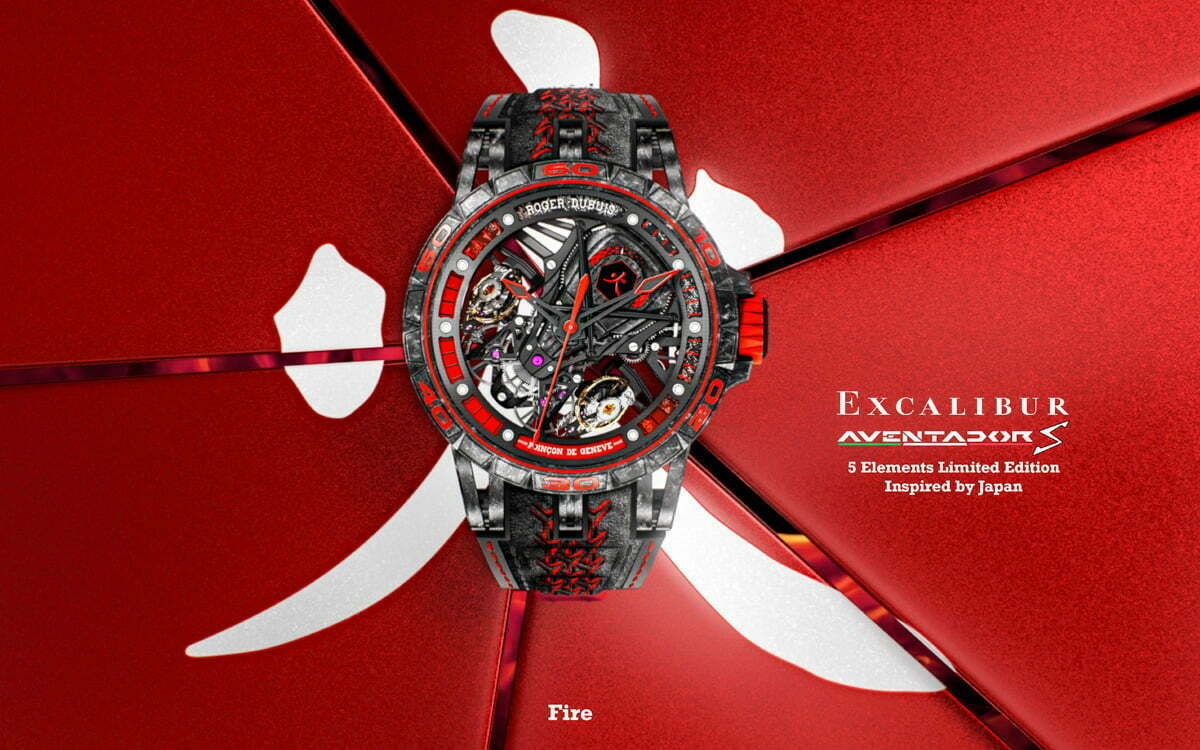
Andre Lam’s First Take On The Sizeable Opulence In The Haven For The Wealthy.
Photos/ Images: Mark Fagelson
The Principality of Monaco is a tiny sliver of land of about two square kilometres but it is a haven for the mega-wealthy and has the world’s highest density of millionaires. Naturally, the prevalence of expensive, luxury cars is second to none and is precisely where Bentley decided to launch their latest Flying Spur.
The modern Flying Spur series can be traced back to the 2005 Continental Flying Spur. However, its name dates back sixty-two years to the 1957 Bentley S1 Continental Flying Spur with coach building done by H J Mulliner. During the end of the last millennium, BMW and Volkswagen were fighting for the Bentley and Rolls Royce companies. Finally in 1998, Volkswagen won the battle, though it was not until 2003 that they had official control. It was also very fortunate that during this time, Volkswagen had already developed the Volkswagen Phaeton. Though poorly received around the world, it was quickly repurposed for the first generation Continental GT coupé, convertible and of course the Continental Flying Spur. In 2013, Bentley dropped the Continental name and just used Flying Spur for the second generation. Now for its third generation, the Bentley Flying Spur is underpinned by a platform shared with the Porsche Panamera which is great news.
At first glance, the new Flying Spur appears smaller than the one it replaces but in reality, it is longer, slightly wider and with a significantly longer wheelbase. The new curvaceous styling drapes attractively over the huge 22-inch wheels, which are optional (standard comes in 21-inch), lending the appearance of an elegant yet muscular car.
Bentley has always launched its cars with its flagship engines and that is the fabulous 6.0-litre twin-turbo W12, which now produces a heady 635 hp along with a massive 900 Nm of torque. This might seem at odds with the times we live in, but we understand the V8 and Hybrid will follow a little later. Surprisingly the engineers at Bentley chose to mate the W12 engine to a Double-Clutch Transmission (DCT) this time around, rather than the traditional ZF Automatic. This hinted that the primordial development plans of this platform had already included the massive W12, as well as all the other engine variants already present in the Panamera.
Though there is extensive use of aluminium in this 2,437 kg mostly steel monocoque, Bentley only managed to remove 35 kg compared to the previous generation. In mitigation, this is a much larger car than the Panamera and the cabin is fitted full of luxury bits that weigh a whole lot more, not to mention the addition of an all-wheel steer system which the previous generation did not have. Yet, the Flying Spur leaps to 100 km/h in a scarcely believable 3.8 seconds, which is nearly a second quicker than its forbear (4.6 seconds). It now reaches an impressive 333 km/h, up 13 km/h compared to before.
Power has only increased 10 hp to 635 hp so that cannot help in explaining its impressive sprinting ability. The answer however lies within the new 8-speed DCT and the all-wheel-drive capability. With the launch control feature of the DCT, the two and a half tonne Flying Spur can be coaxed to rival a sportscar in acceleration. Top speed is attained in sixth gear, leaving 7th and 8th as overdriven ratios to trim engine rpms in delivering a long-legged cruise for improved refinement and reduction in fuel consumption to 14.8L/100km. This is an improvement of about 15 per cent over the previous generation.
At 5.3 metres in length, it was not at its best on the narrow traffic-choked streets of Monaco, but when we reached the open highway the Flying Spur shone. For most of the journey, we selected “Bentley” drive mode because this mode utilises the active suspension to best effect – where the system constantly adjusts the damping to best suit the driving situation. However, when we reached the hills, this behemoth required a touch more damping, so Sport mode did the trick, albeit at the expense of ride comfort. At the other end of the damping spectrum is the Comfort mode and though it sacrifices tight body control, it does add another layer of cushion when the road got too wrinkly. In our opinion, for most daily situations Bentley mode is indeed the best choice.
We retraced part of the route that was used in the Monte Carlo Rally and tackling the serpentine mountain roads in a limousine this huge could have been a handful. However, the agile handling of the Flying Spur despite all its comfort proved to be surprisingly adept. Thanks to the new all-wheel steering system, this behemoth feels more stable without the need of firm springs and dampers, possessing remarkable agility in car parks and tight spaces, defying its gargantuan size.
And with its snappy acceleration, it hides its 2.5-ton mass effectively. But drive it hard and the physical limitations of its weight and size become apparent. However, the entire package is so well-honed that it is actually entertaining to drive. In our part of the world, the Flying Spur is usually chauffeur-driven, posing a dilemma for owners.
Bentley excels at melding aspects of British luxury with modern features such as LCD panels and a raft of electronic controls, hiding them under a perfect veneer of traditional luxury. In the cabin, new decorative stitching style adorns the leather upholstery and lends a contemporary look to the opulent cabin. And it goes without saying, you can comprehensively customise the Flying Spur to one’s desire.
Happily, Bentley has delivered a Flying Spur that is just as engaging to drive as its Continental GT coupe. Yet it offers all the trappings of a traditional luxury limousine but with a modern twist. It is this duality to its nature that sets it apart from the competition. Who says you cannot have your cake and eat it?
Specifications
- Engine: 6.0-litre W12 Twin-turbo Fuel Injection
- Max Power: 635hp at 6000rpm
- Max Torque: 900Nm at 1350-4500rpm
- Transmission: Eight-Speed Double-clutch Automatic with manual mode
- Acceleration: 0-100km/h in 3.8 seconds
- Top Speed: 333km/h
- Fuel Consumption: 14.8L/100km (WLTP combined mode)































